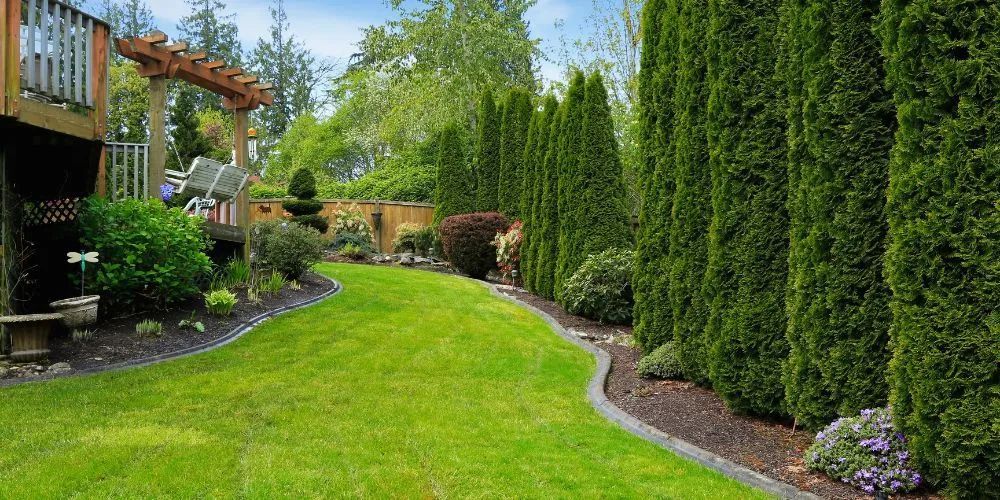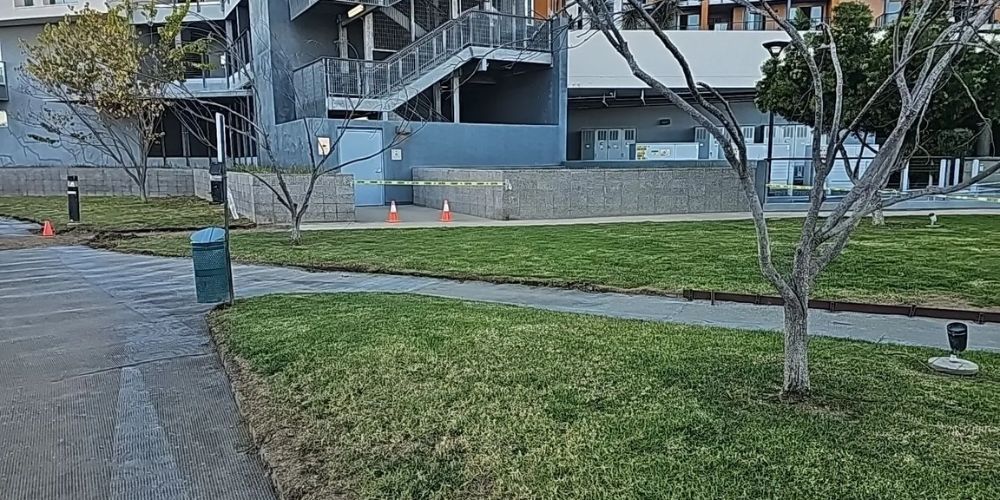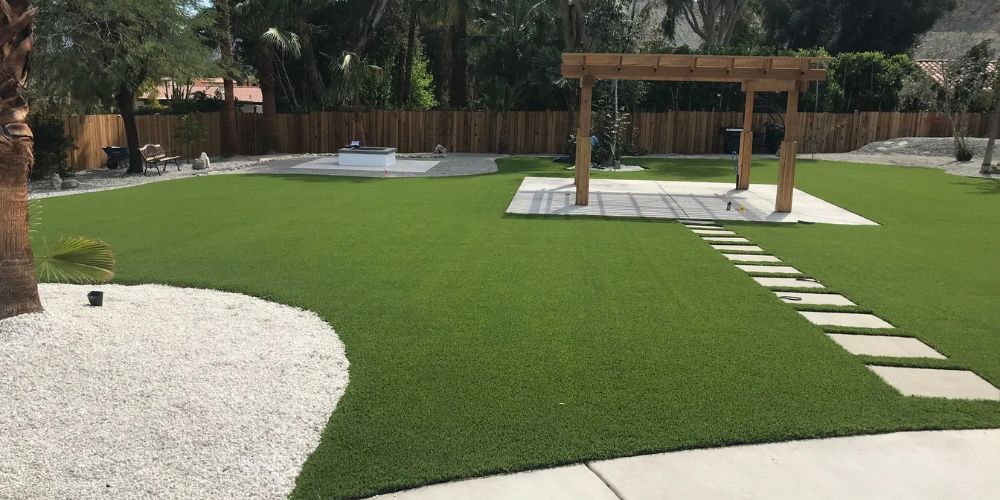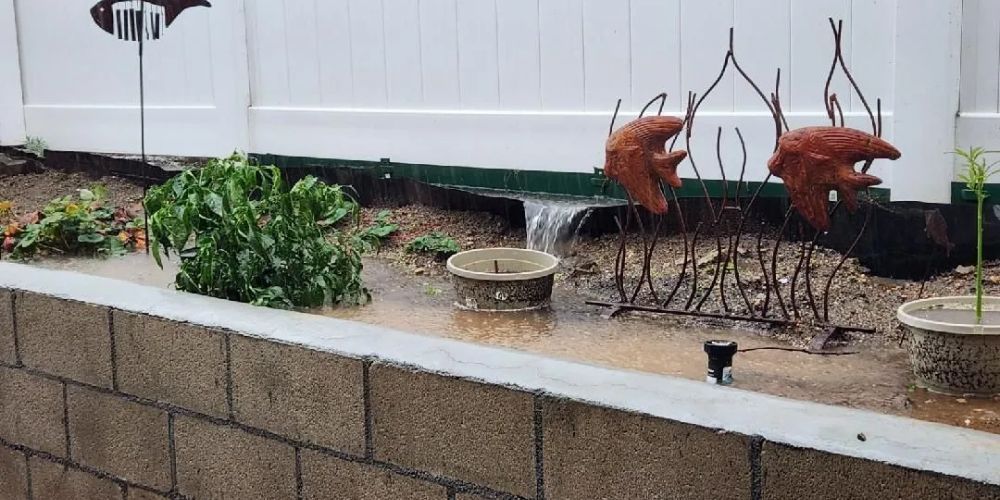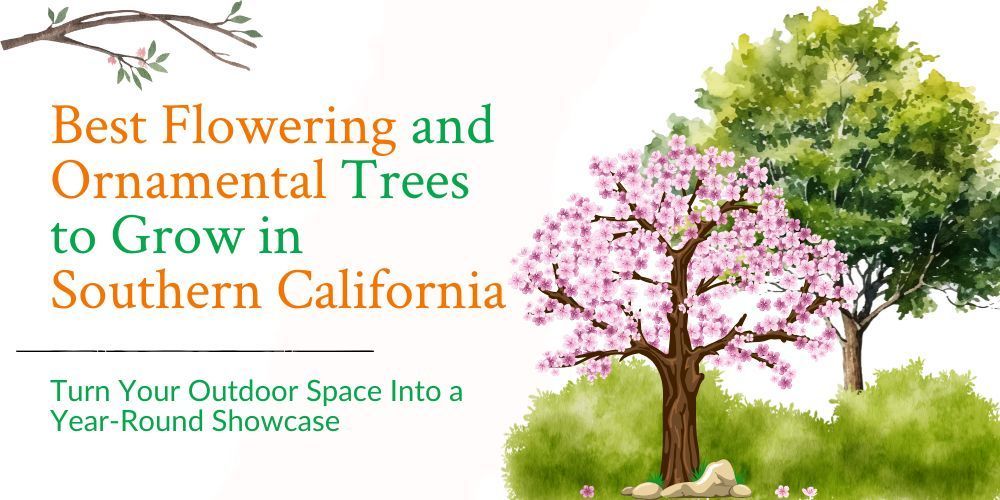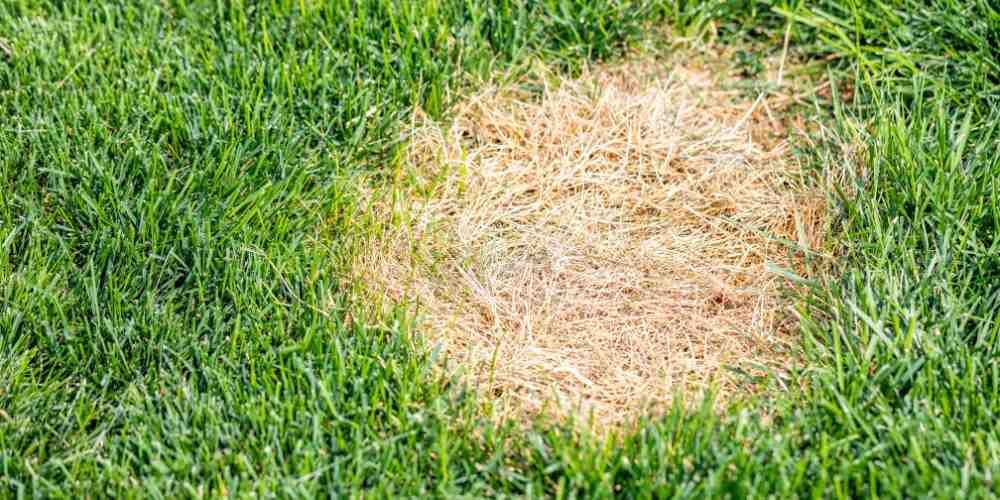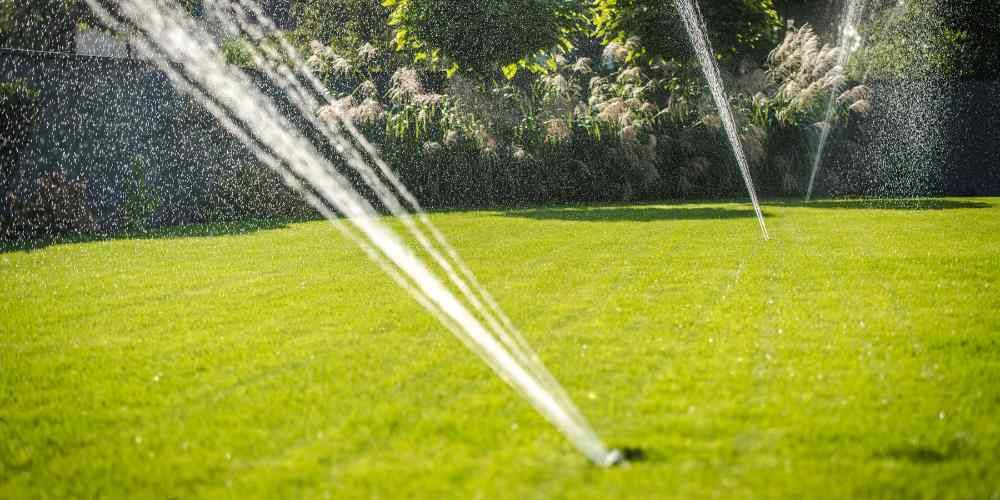Enhance Your Outdoor Living Space with Softscapes
Imagine walking into your backyard and being surrounded by a beautiful oasis of greenery and colorful plants. This is the magic of softscaping, a set of designs that can add value and appeal to your property. Softscape elements bring a natural vibrancy to your backyard, enhancing your overall living experience. In this comprehensive guide, our landscaping company will take you through the world of softscaping and show you how these elements can improve your landscape design.
What is Softscape Design?
Softscape design refers to the installation of living and natural elements in your outdoor space. These elements include soil, plants, shrubs, flowers, trees, and grasses that add color and vibrancy to your landscape. However, softscape elements require regular maintenance, such as trimming, watering, and fertilizing, to remain healthy and look good.
Exploring Different Softscape Elements
Choosing the right softscape elements depends on your personal preferences and local climate conditions. To create a balanced and appealing look, you should select flora that thrive in your area's weather conditions and incorporate various types of plants, grasses, and trees to maintain ecological balance.
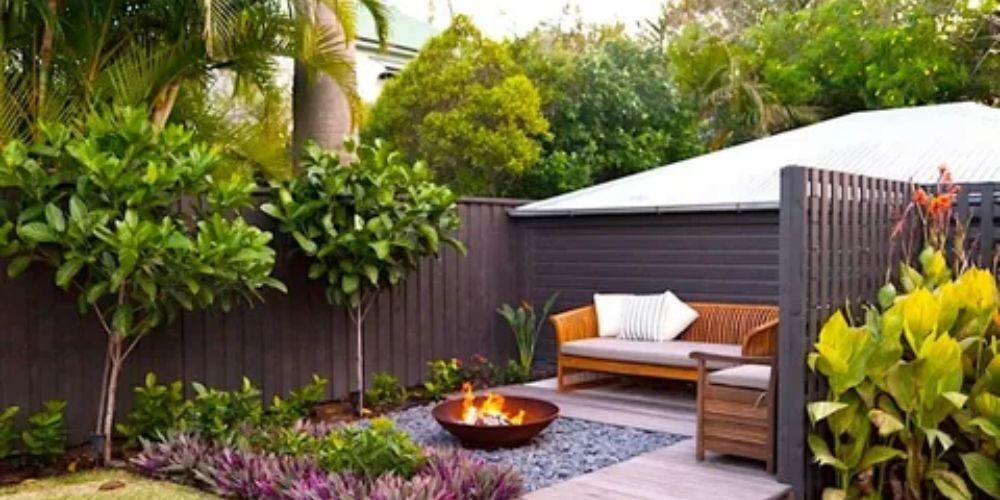
How to Implement Softscape Design in Your Outdoor Space
Before incorporating softscape design into your backyard, you should follow some practical suggestions, including making a solid plan, setting your goals and budget, checking your outdoor space's unique features like topography, size, climate, sunlight exposure, and marking functional zones in your outdoor space. You should also choose durable and high-quality materials and seek guidance and recommendations from professionals.
Why Should You Softscape Your Outdoor Space?
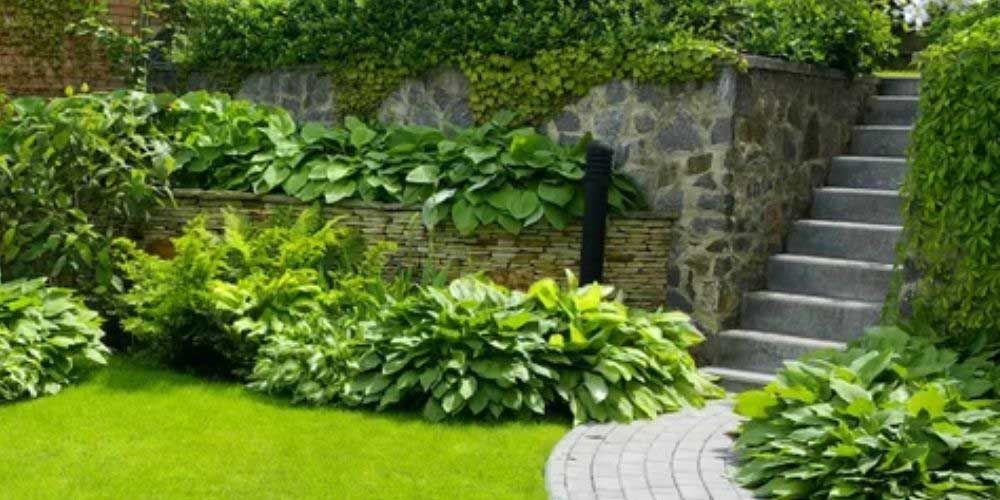
Softscape helps you efficiently make your sprawling estate or cozy garden, taking your outdoor space to the next level. The other reasons that you must incorporate softscape into your backyard include:
1. Comfort and Functionality
Softscape takes your backyard beyond grass, benches, and garden, bringing functionality and comfort. It makes your outdoor space perfect for dining, entertaining, and unwinding under the open sky.
2. Captivating Beauty
Softscape design takes your backyard to a different world, impressing your family and guests. It also enhances your property value and lets it stand apart from other neighbors. The trees, lush green grasses, and plants offer shade and make your backyard best for dining and seating.
3. Improve Environment
Your outdoor space and softscape elements, such as shrubs, plants, and trees, are a part of the ecosystem, offering numerous benefits. They improve air quality, restore the soil, reduce carbon footprint, promote biodiversity, and offer shade, positively affecting your environment.
4. Livable Spaces
Softscaping adds mesmerizing walkways and footpaths to your garden, offering a relaxing area for exercise and walking. You can also place small tables, seats, hammocks, hedges, etc., enhancing the beauty of your home.
5. Natural Aesthetics
Softscaping elements create a natural aesthetic for your garden. Plants attract insects and birds, while deciduous trees attract wildlife, making your backyard appealing. Create a wildlife-friendly garden and bring endless joy to your outdoor space.
6. Endless Enjoyment
Softscape lets you enjoy all seasons, making your outdoor living space enjoyable for the year. The natural beauty and fresh air allow you to jumpstart your day with a clear head.
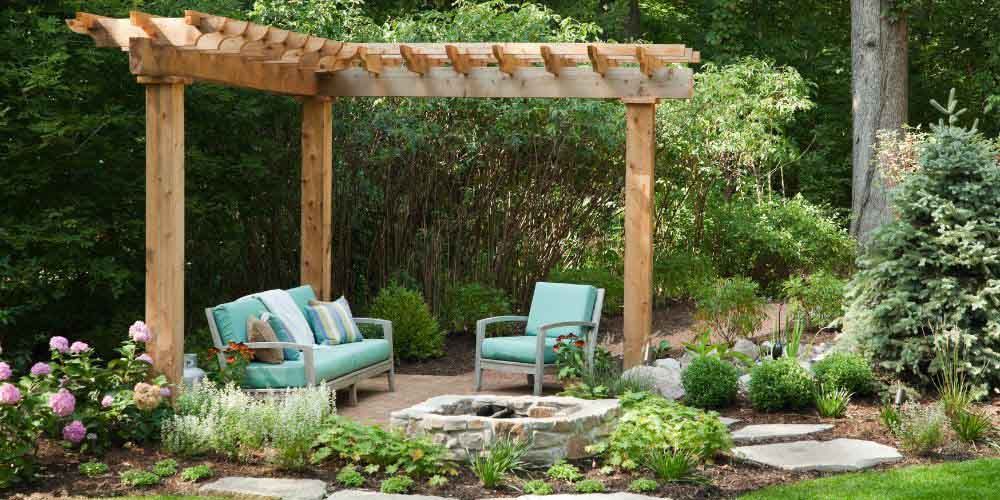
The Verdict
Softscape design is a great way to enhance the look of your backyard and create a unique outdoor space that will leave a lasting impression on your family and friends. However, it's important to carefully plan and consider softscaping before incorporating it into your backyard. With over 18 years of experience, LandTech Scenery Inc. has been transforming yards into beautiful and functional outdoor scenes. Contact them today to learn more about their design and installation process.
